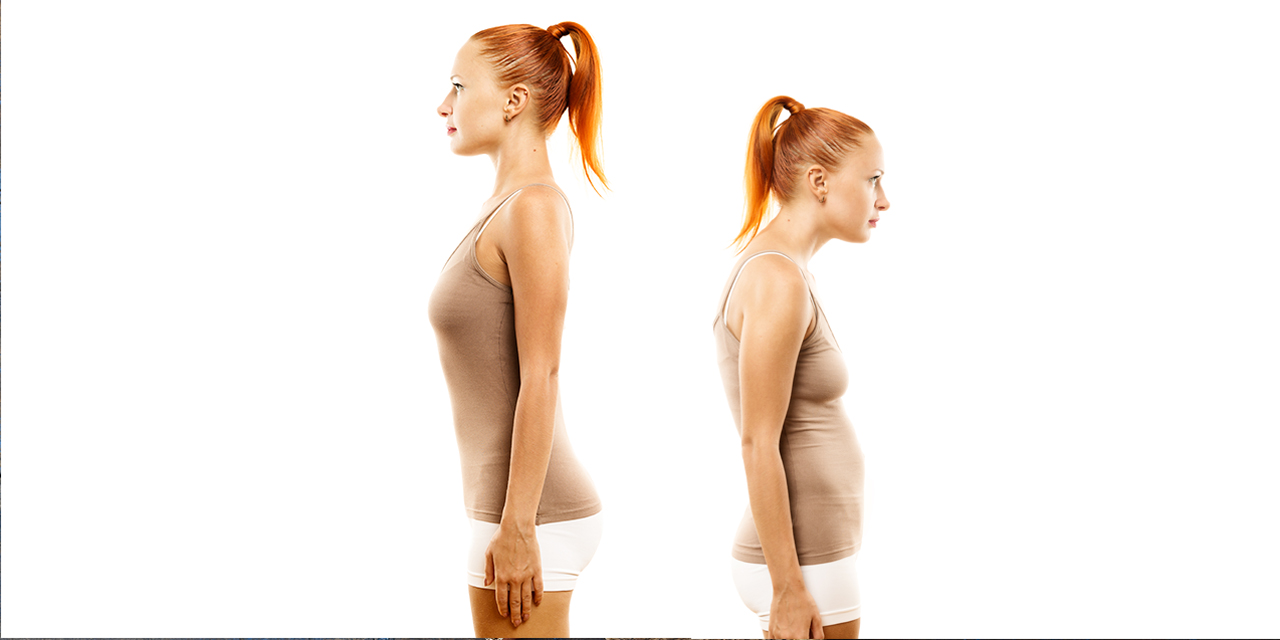What happens we stand upright and sit up straight?

Sad woman hug her knee,nobody
When you were young and studying at your desks, Your mom probably told you to sit up straight. After for a short while, you’d probably go back to our hunchback position.
Standing/sitting up straight reduces the weight on our joints, muscles and spine. By going straight we reduce both pain and the possibility of a future injury and disabilities. Proper posture is a crucial factor affecting how you move, how you walk, how you run, how you jump. It also affects your daily activities and chores. Bad posture and slouching are everywhere nowadays, due to inactivity, desk jobs and smart phones.
Sitting/standing up straight means
- Opening your chest
- Carrying your shoulders back
- Lifting your head and spine upwards as if being pulled by a rope or balloon.
- Slightly tucking in your chin; making the chin parallel to the ground and straightening the back of the neck.
- If standing, step firmly and equally with the whole of your soles. If sitting, be sure that both your hip bones are equal on the seat and feet on the ground.
Bad posture may cause many symptoms and signs:
- Headache: Posture disorders may cause headaches by stretching and straining the jaw, back of the head, neck and back muscles.
Patients were only asked to stand up straight, with no other changes in their treatments in a headache study. They experienced significant reduction in the pain levels and frequency of their headaches.
- Back and neck pain: Pain, stiffness and tension in the back of the neck and the back can contribute to posture disorders, which may contribute to pain and tension feeding the vicious cycle of pain.
- Knee, hip and foot pain: Muscle tension, imbalance, flexibility and symmetry loss of the hips affects the knees and feet, which contribute to bad posture. Just like the chicken-egg dilemma, this also leads to waist, hip, knee and ankle pain.
- Shoulder pain and stiffness: Stiffness, weakness or imbalance in the muscles of the shoulder and shoulder girdle can contribute to bad posture; posture disorders can cause problems in the muscles and tendons.
- Jaw pain and jaw joint pain: The constant forward position of the chin causes pain in both in the jaw and temporomandibular joint. itself.
- Fatigue and breathing problems: Bad posture stiffens your rib cage and prevents your diaphragm from moving freely. This eventually causes fatigue and a lack of energy by reducing your lung capacity.
People who stand/sit up straight:
- Feel better
- Become happier
- Have less anxiety
- Have more self-confidence
- Have higher serotonin levels
- Breathe more comfortably
- Tackle challenges better
- Are more resiliant to failure
- Appear more fit
- Feel less pain
- Age much later
The ABC of standing up straight/standing upright:
- Pay attention, don’t lose awareness: Check yourself when standing/sitting as often as possible; correct yourself; sit/stand up straight.
- Strengthen your core muscles with Pilates
- Practice yoga for learning and posture awareness
- Walk: Walking helps strengthen the entire body.
- Avoid sitting on extra soft chairs/sofas or sleeping on extra soft beds
- Dance
- Do you daily posture exercises (standing up straight on a wall, restorative resting on the ground, bridge pose)

